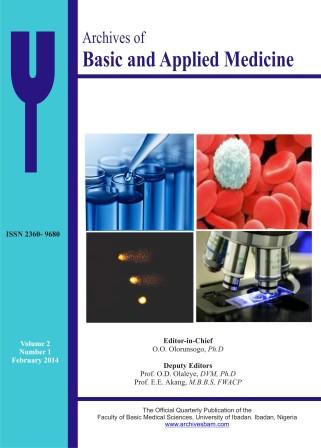Drosophila melanogaster as a Promising Model Organism in Toxicological Studies
Keywords:
Drosophila melanogaster, oxidative stress, fly base, toxicologyAbstract
The common fruit fly, Drosophila melanogaster, has been extensively studied for decades. In effect, it was introduced as a decisive model in biology about a century ago. The fly shares several basic biological, biochemical, neurological and physiological similarities with mammals. It is documented that about 75 % of human disease-causing genes have functional homolog in D. melanogaster. The fly can effectively be maintained at low cost in the laboratory, and it has been recommended as an alternative model to vertebrate usage. Consequently, it has attracted the attention of toxicologists. In the present review, we presented and discussed the opportunities available to toxicologists who wish to use D. melanogaster as a model to study neurodegenerative diseases, oxidative stress and antioxidant markers, cancer, inflammation and metabolic disorders. We also included vital information such as the FlyBase resource that will assist toxicologists interested in using D. melanogaster as an alternative organism to other animal models.


